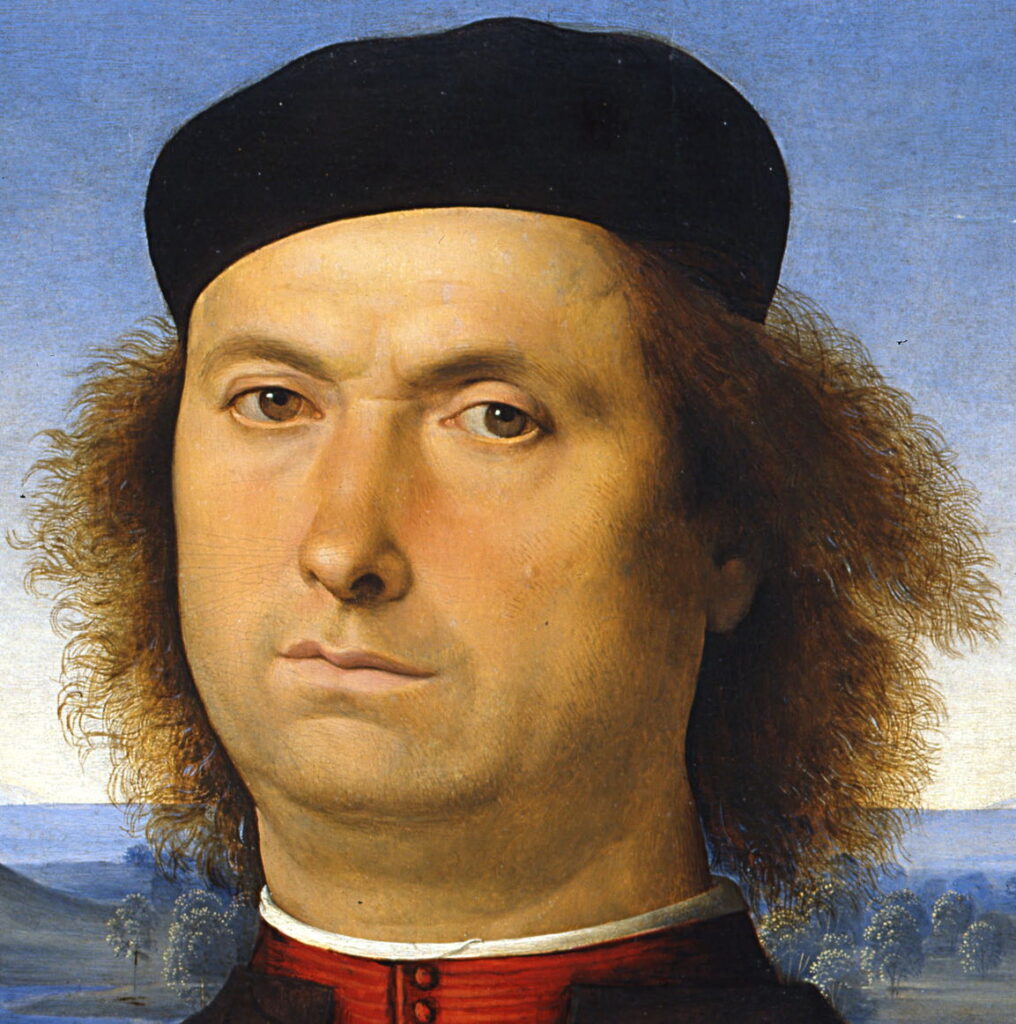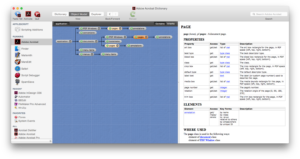Commemorating the 500th anniversary of the death of Pietro Perugino

Five hundred years ago, on an unknown date in 1523, one of the masters of the Italian Renaissance Pietro Perugino died. Not only was he a major painter in his own right, but he was a contemporary of Leonardo da Vinci, probably training alongside him, and taught the young Raphael.
He was born as Pietro Vannucci in about 1446, in Città della Pieve, now in Umbria, Italy, but seems to have lived in Perugia, where he started his apprenticeship. According to the biographer Vasari he was apprenticed in the workshop of Andrea del Verrocchio alongside other budding artists including Leonardo da Vinci and Domenico Ghirlandaio. He became a master in his own right by 1472, at which time he was in Florence, but was soon to return to Perugia.
Pietro Perugino (1448–1523) (attr), formerly Andrea Verrocchio (1435–1488), Madonna and Child (c 1475-80), tempera and oil on panel, dimensions not known, Courtauld Institute of Art, London. Wikimedia Commons.
This Madonna and Child from about 1475-80 had previously been attributed to Verrocchio, but more recently it has been proposed that it was painted by Perugino, soon after he became a master, as it lacks the ornate decorative details of Verrocchio’s Madonnas.
In 1480, he was summoned to Rome to paint frescoes on the walls of the Sistine Chapel for Pope Sixtus IV.
Pietro Perugino (1448–1523), Portrait of a Boy (c 1480), oil on panel, 37 x 26 cm, Galleria degli Uffizi, Florence, Italy. Wikimedia Commons.
Perugino was an early adopter of oil painting, and by about 1480 was achieving some remarkable results, such as this Portrait of a Boy (c 1480). His modelling of the face is advanced, more typical of portraits from the sixteenth century.
In 1486, his work in Rome complete, he returned to Florence, although he may have maintained another studio in Perugia.
Pietro Perugino (1448–1523), Portrait of Francesco delle Opere (1494), oil on panel, 52 x 44 cm, Galleria degli Uffizi, Florence, Italy. Wikimedia Commons.
Perugino’s superb Portrait of Francesco delle Opere was painted in 1494. His execution of clothing is characteristically plain, but the man’s face, hair and hands are lifelike, as seen in the detail below.
Pietro Perugino (1448–1523), Portrait of Francesco delle Opere (detail) (1494), oil on panel, 52 x 44 cm, Galleria degli Uffizi, Florence, Italy. Wikimedia Commons.
Pietro Perugino (1448–1523), The Almighty with Prophets and Sibyls (1499-1500), fresco, 229 x 370 cm, Collegio del Cambio, Perugia, Italy. Wikimedia Commons.
In 1499, he was commissioned by the guild of money-lenders and bankers in Perugia to decorate their hall in the Collegio del Cambio. This section, showing The Almighty with Prophets and Sibyls, was probably completed by 1500. At the left are the traditional prophets of the Old Testament, and at the right are six sibyls, each clearly captioned.
Pietro Perugino (1450–1523), Cato (1499-1500), fresco, dimensions not known, Collegio del Cambio, Perugia, Italy. Wikimedia Commons.
Included in those frescoes is this portrait of the Roman statesman Cato, with its Latin inscription:
Quisquis, vel celebri facturus verba corona surgis, vel populo reddere iura paras, privatos pone affectus: cui pectora versant aut amor aut odium, recta tenere nequit.
I haven’t located a good translation of this epithet, but it refers to him restoring rights to the Roman people regardless of his popularity or dislike.
Pietro Perugino (1450–1523), Pericles (1499-1500), pen and ink on white paper, 26 x 16.4 cm, Galleria degli Uffizi, Florence, Italy. Wikimedia Commons.
His pen and ink portrait of Pericles was probably a study for another section of those frescoes.
Pietro Perugino (1448–1523), Tezi Altarpiece (Virgin and Child, Saint Nicholas of Tolentino and Saint Bernardino of Siena) (1500), media and dimensions not known, Galleria Nazionale dell’Umbria, Perugia, Italy. Wikimedia Commons.
The Tezi Altarpiece from 1500 is among Perugino’s major religious works. Accompanying the Madonna and child are Saint Nicholas of Tolentino and Saint Bernardino of Siena.
Pietro Perugino (1448–1523), Combat of Love and Chastity (1503), tempera on canvas, 160 x 191 cm, Musée du Louvre, Paris. Wikimedia Commons.
In 1503, Isabella d’Este, Duchess of Mantua, commissioned Perugino to paint for her studiolo, or private study. The painting he made for her is The Combat of Love and Chastity, using the more traditional medium of tempera despite the artist’s accomplishment in oils.
Isabella had to write to Perugino to guide his work, and there’s a trail of letters revealing how much detail she specified, even supplying a drawing. Its theme is literary, as laid down in the contract by Isabella’s court poet, and shows a fight between the personifications of Love and Chastity, which may have worked well in words but doesn’t translate into visual art at all well.
It features a gamut of mythological figures in no particular order, including Apollo and Daphne, Jupiter and Europa, Polyphemus and Galatea, and Pluto and Proserpina – all couples in which the man abducted and/or raped the woman. In front are Pallas Athene about to kill Eros with a lance, and a more evenly matched fight between Diana with her bow and Venus, who is singeing the huntress with a burning brand.
Isabella laid out strict instructions, for example requiring that Venus, who is traditionally shown naked, was clothed. Even the owl perched in the branches of the sacred olive tree at the left was prescribed in the commission. When Perugino didn’t follow her to the letter, she protested, and on completion she wrote that it should have been better finished to set alongside her collection of Mantegnas, and was clearly unimpressed. For this the artist was paid just 100 ducats.
Perugino’s most famous pupil was Raphael, although there’s doubt about when his training took place. Vasari claimed that Raphael’s apprenticeship started at the age of eight, in 1491, but that seems unbelievable, and it’s now thought more likely that Raphael worked as Perugino’s assistant later in his training, from about 1500.
Perugino continued painting into the 1520s, including frescoes in Trevi and Perugia, and died on an unknown date in 1523, in Fontignano, near Perugia.




